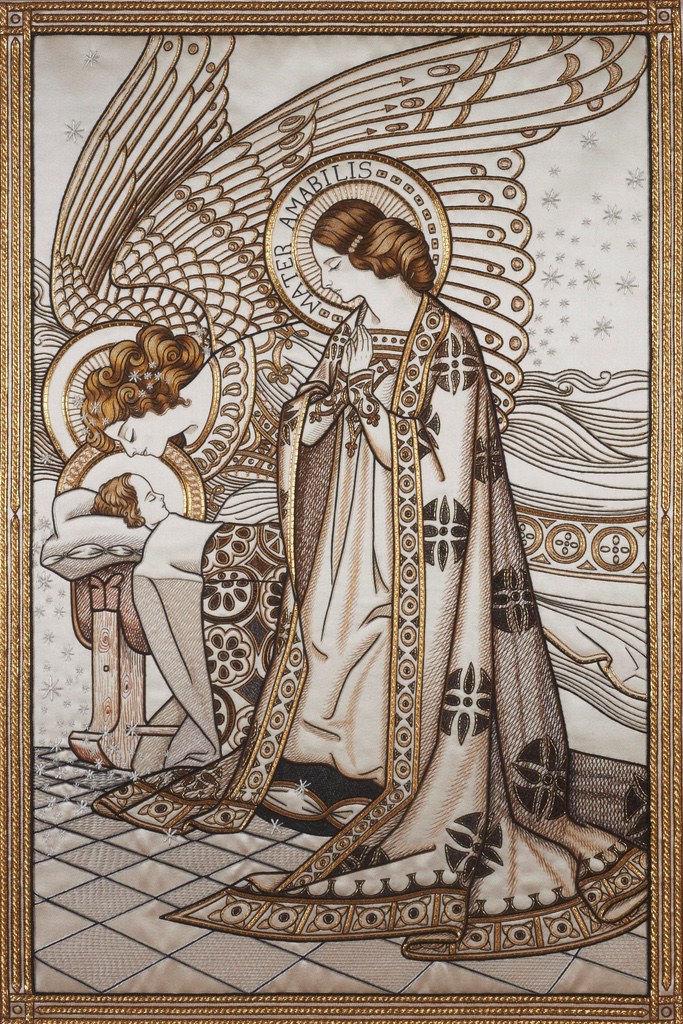Q&A: Could you tell me the origin of the Litanies of Our Lody?
Fr. James McMillan, SMM
Submitted by TS., Columbus, Ohio.
Could You Tell Me the Origin of the Litanies of Our Lady?
You are probably referring to the Litany known as the Litany of Loreto, officially approved in 1587 by Pope Sixtus V. The Holy See has subsequently added the last four invocations: “Queen conceived without original sin,” “Queen of the Most Holy Rosary,” “Queen assumed into heaven” and “Queen of Peace.”
According to reliable sources, these litanies were composed between the years 1150 and 1200, and mostly in the Paris region in France. These 49 titles were inspired by the prayers of the Greek church in particular, by the Greek hymn, The Akathist, which had been translated into Latin and spread throughout Europe around the year 800. At the beginning there were only 15 invocations, among which were: Queen of humility,
Mother of Mercy, Sanctuary of the Holy Spirit, Gate of Redemption, and Queen of Disciples.
This prayer format was taken from the Litany of the Saints which was popular in Europe in the 7th and 8th centuries, which probably had been promoted by the Irish missionaries.
At the head of all the saints Mary was invoked three times in this fashion: Holy Mary, Pray for us, Holy Mother of God pray for us, Holy Virgin of virgins, pray for us. This alternation of praise and supplication makes of the litany a prayer at once simple and complete. It is a prayer of praise and supplication.
Return to The Queen: Q&A

Litany of Loreto: Mother Most Amiable
From the collection of The Royal School of Needlework.
From the RSN website: We knew little about the designer of the pieces up until the end of 2016 when we were contacted by an American Professor Emeritus who identified the designs as by an Italian graphic designer, Ezio Annichini. Annichini trained at the Florence School of Art in 1900. His day job was to create covers for magazines and between 1915-20 he created his sacred series based on the Catholic Litany of Loreto.
There are at least 12 works within the collection, including the one displayed above. Our thanks to RSN for this usage.


